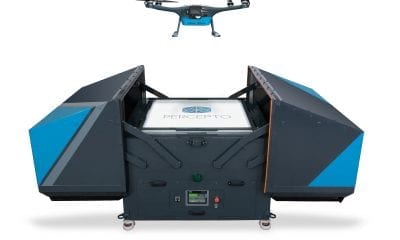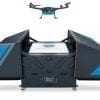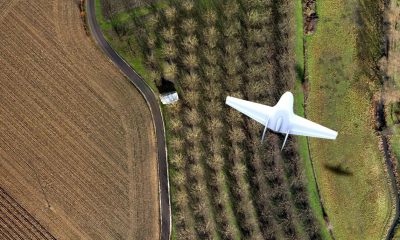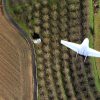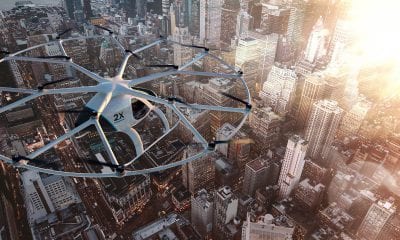Autonomous
Airborne for Months, Solar-Powered Autonomous UAV from Boeing Subsidary
As unmanned aerial vehicle (UAV) technology manifests into multiple uses in spectra of fields, tech giants and their subsidiaries alike are investing more time, effort and money in developing drone technology and testing its limits further.
A most recent example is the launch of Odysseus a UAV for climate and atmospheric research by Aurora Flight Sciences, a pioneer in experimental flying vehicles that became a Boeing subsidiary last year. Aurora says its solar-powered, high-altitude, long-endurance Odysseus UAV will take on its first flight in the spring of 2019.
Aurora’s president and CEO John Langford said, “Odysseus offers persistence like no other solar aircraft of its kind, which is why it is such a capable and necessary platform for researchers. Odysseus will indeed change the world.”

Powered only by the sun, Odysseus is an ultra-long endurance, high-altitude platform built for groundbreaking persistence. Utilizing advanced solar cells and built with lightweight materials, Odysseus can effectively fly indefinitely all powered by clean, renewable energy.

At a fraction of the cost of a satellite and with exponentially more time aloft than a conventional UAV, Odysseus is a customizable platform for your ultra-long-endurance mission requirements. Also known as a HALE UAV (High-Altitude, Long Endurance), Odysseus can carry a larger payload than any other aircraft in development or production in its class. This enables more missions and better resulting data quality from each mission.
According to Aurora, Odysseus operates like a cross between a drone and a satellite. It will fly well above weather and other aircraft and will be capable of covering a massive geographic area while maintaining contact with a station on the ground. Its USP is the capability to remain airborne for several for months at a time continuously, as compared to other UAVs that need to land and recharge. Additionally being solar powered, the craft produces zero emissions.
Aviation Week reported that Odysseus’ first flight has been scheduled to take place in Puerto Rico on April 23, 2019. The first battery-powered test craft is currently undergoing ground testing, and two more solar-powered aircraft are in the works, according to Aviation Week.
Revealing some information about the aircraft’s efficient design and features Heather Brendle VP Endurance systems at Aurora said, “Odysseus is a very challenging and interesting engineering platform with the combination of its strong propulsion and power system and its lightweight structure”.
Elaborating further in the introductory video, Chief Engineer Gill Crouse explained, “the aircraft body comprises carbon fibre tresses; wings made of ‘tedlar’ which is a UV resistant ultra light film; and solar cells to power the aircraft during the day on the top surface and fuselage.” Odysseus converts solar energy into electrical energy to run the propulsion system during the day and store it in batteries to provide energy for overnight flight.
Odysseus can also be used as a platform for surveillance, communication and connectivity. This feature fits the bill for Facebook’s requirement for the launch of its Aquila drone development program several years ago. Facebook canceled the Aquila program this June, preferring instead to “work with partners” on high-altitude connectivity platforms. Is Odysseus the probable replacement for Aquila’s? Aurora didn’t immediately respond to an email asking about that possibility.
In a video, Langford said the Odysseus program meshed well with Boeing’s vision for the future of flight. “At Boeing, our corporate motto is to connect, protect, explore and inspire, and I don’t know of another project that embodies all four of those elements as well as the Odysseus solar-powered airplane.”




